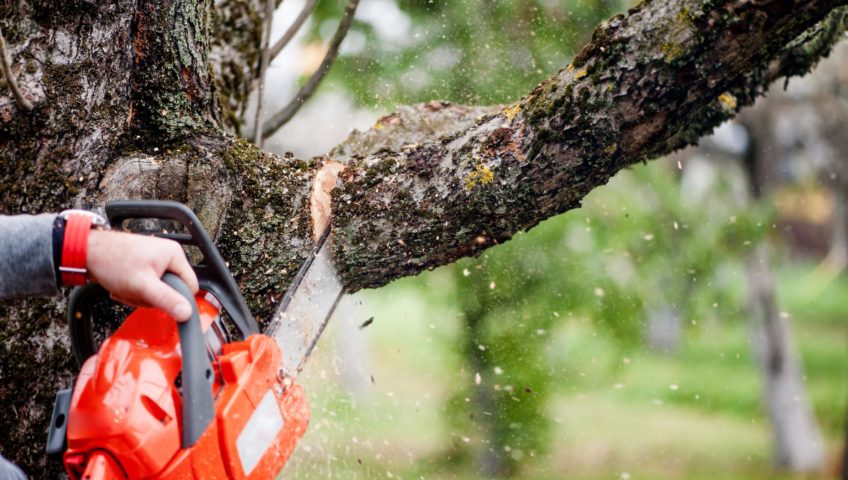Ever walked past a beautifully manicured lawn and felt a twinge of garden envy? That’s the power of hedge and tree trimming. It’s not just about aesthetics—it’s about health, safety, and property value. Whether you’re a weekend warrior or considering professional help, trimming is an essential part of landscape care. Let’s dive deep into everything you need to know.
Understanding Hedge Trimming
What Is Hedge Trimming?
Hedge trimming is the art (yes, art!) of cutting back overgrown branches and shaping shrubs to maintain a neat, healthy, and attractive appearance. Think of it as giving your garden a haircut. Just like split ends, overgrown hedges can look wild and unhealthy.
Benefits of Regular Hedge Trimming
Why bother? Glad you asked:
- Promotes Growth: Trimming stimulates new growth and keeps hedges dense.
- Improves Appearance: A tidy hedge can instantly elevate curb appeal.
- Prevents Pests and Diseases: Removing dead or infested branches reduces risk.
- Enhances Property Boundaries: Keeps hedges from encroaching into unwanted areas.
Common Tools Used for Hedge Trimming
If you’re planning to DIY, you’ll need the right tools:
- Manual Hedge Shears: Great for light work and detailing.
- Electric Hedge Trimmers: Ideal for large or thick hedges.
- Safety Gear: Gloves, goggles, and long sleeves are a must.
Tree Trimming Services Explained
What Exactly Is Tree Trimming?
Tree trimming involves cutting away dead or overgrown branches to improve a tree’s structure, safety, and appearance. It’s like a tree’s version of physical therapy—helping it grow stronger and healthier. Tree trimming services
Why Tree Trimming Is Essential for Safety and Health
- Avoid Falling Branches: Trimming removes weak limbs that could fall and cause damage.
- Sunlight Penetration: Helps sunlight and air reach the lower branches and surrounding plants.
- Disease Prevention: Keeps fungal infections and pests at bay.
Difference Between Tree Trimming and Tree Pruning
Though often used interchangeably, they’re different:
- Tree Trimming: Focuses on aesthetics and light shaping.
- Tree Pruning: More intensive, removing diseased or dangerous limbs for health and safety.
When to Trim: Timing is Everything
Best Seasons for Hedge Trimming
- Spring and Early Summer: Ideal for most hedge types.
- Avoid Late Fall: Can leave plants vulnerable to winter damage.
Best Time for Tree Trimming
- Dormant Season (Winter): Best time to trim most trees without stressing them.
- Late Summer: Okay for minor maintenance but not heavy trimming.
DIY vs Professional Trimming Services
Pros and Cons of DIY Hedge and Tree Trimming
Pros:
- Cheaper
- Flexibility to work on your own schedule
Cons:
- Time-consuming
- Risky without proper knowledge or tools
Why Hiring Professionals Might Be the Better Option
Professionals bring:
- Experience and Knowledge: They know how much to trim without harming plants.
- Safety Equipment: Especially important for tree trimming at height.
- Efficiency: They get the job done quickly and cleanly.
How to Choose the Right Tree Trimming Services
What to Look for in a Tree Trimming Company
- Certified Arborists: These are your tree doctors—knowledgeable and licensed.
- Insurance Coverage: Always check for liability and worker’s comp.
- Customer Reviews: Yelp, Google, and BBB are your friends here.
Questions to Ask Before You Hire
- Do you provide free estimates?
- What safety measures do you follow?
- Can I see before/after pictures of your past work?
The Process: What to Expect from Professional Trimming
Step-by-Step Tree and Hedge Trimming Process
- Consultation: Assessment of your landscape needs.
- Preparation: Clearing space, setting up tools, safety checks.
- Trimming: Following strategic cuts based on plant type and health.
- Final Touches: Shaping and styling for aesthetics.
Post-Trimming Cleanup and Maintenance
Good companies won’t leave a mess. Expect:
- Branches and clippings removal
- Ground raking and leaf blowing
- Mulching (optional) to protect roots
Costs Involved in Tree and Hedge Trimming
Cost Breakdown for Hedge Trimming
- Small Hedges: $50–$100
- Medium-Sized Hedges: $100–$250
- Large or Overgrown Hedges: $250+
Tree Trimming Cost Estimates
- Small Trees: $100–$300
- Medium Trees: $300–$700
- Large Trees: $700–$1,500+
- Hazardous Trees: Can exceed $2,000 depending on complexity
Environmental and Aesthetic Impact
How Trimming Enhances Property Value
- Boosts curb appeal
- Increases sunlight and air circulation
- Keeps walkways and driveways clear
Eco-Friendly Trimming Practices
- Using electric tools to reduce emissions
- Mulching clippings instead of discarding them
- Avoiding over-trimming which can stress plants
Mistakes to Avoid in Hedge and Tree Trimming
Common DIY Errors
- Cutting too much at once
- Ignoring safety gear
- Trimming at the wrong time of year
Long-Term Consequences of Poor Trimming
- Stunted growth
- Disease spread
- Increased need for costly fixes later on
Conclusion: Shape Your Green Space the Right Way
Hedge and tree trimming isn’t just a weekend chore—it’s an investment in your property’s health and value. Whether you’re shaping hedges into geometric perfection or keeping trees safe from storm damage, trimming is essential. And while DIY might be tempting, sometimes calling in the pros is the smartest move. So grab those shears or dial up your local arborist—it’s time to show your landscape some love!









